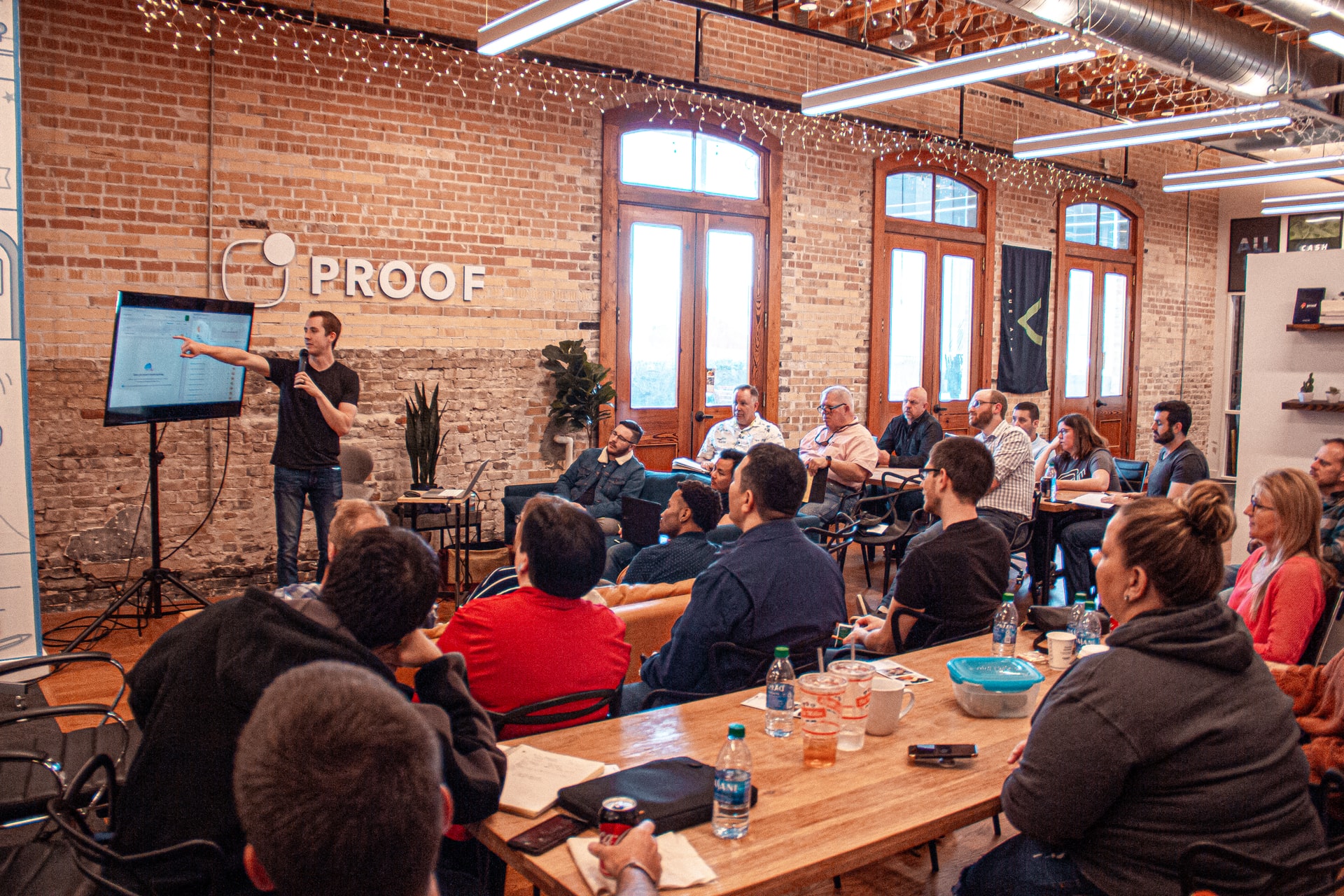Handling Communications During a Crisis w/ Sheena Thomson
Join me Thursday, April 13/23 at 1pm EST on the VoiceAmerica Business Channel! Handling...
Read Moreby Alex Fullick | Dec 10, 2022 | Business | 0 |
Join me Thursday, April 13/23 at 1pm EST on the VoiceAmerica Business Channel! Handling...
Read Moreby VoiceAmerica | Oct 18, 2021 | Business | 0 |
This week’s article is by Mark Herschberg, an author and instructor at MIT. It is a companion to...
Read Moreby VoiceAmerica | May 7, 2020 | Business | 0 |
To start or to continue receiving the weekly blogs via email, please sign-up using this link:...
Read Moreby VoiceAmerica | Apr 30, 2020 | Business | 0 |
To start or to continue receiving the weekly blogs via email, please sign-up using this link:...
Read Moreby VoiceAmerica | Oct 9, 2019 | Business | 0 |
This blog is provided by Mike Kritzman, as a companion to his interview on Innovating Leadership,...
Read Moreby VoiceAmerica | Jan 5, 2018 | Business | 0 |
Emotional skills are more important than ever for 21st century business. Good leadership can be...
Read Moreby VoiceAmerica | Oct 7, 2015 | Business | 0 |
Our VocieAmerica program features global leaders and organizations. We live in an increasingly...
Read Moreby VoiceAmerica | Jun 11, 2015 | Empowerment | 0 |
Do your suggestions get taken seriously? Are you able to sell others your ideas, projects and...
Read More








